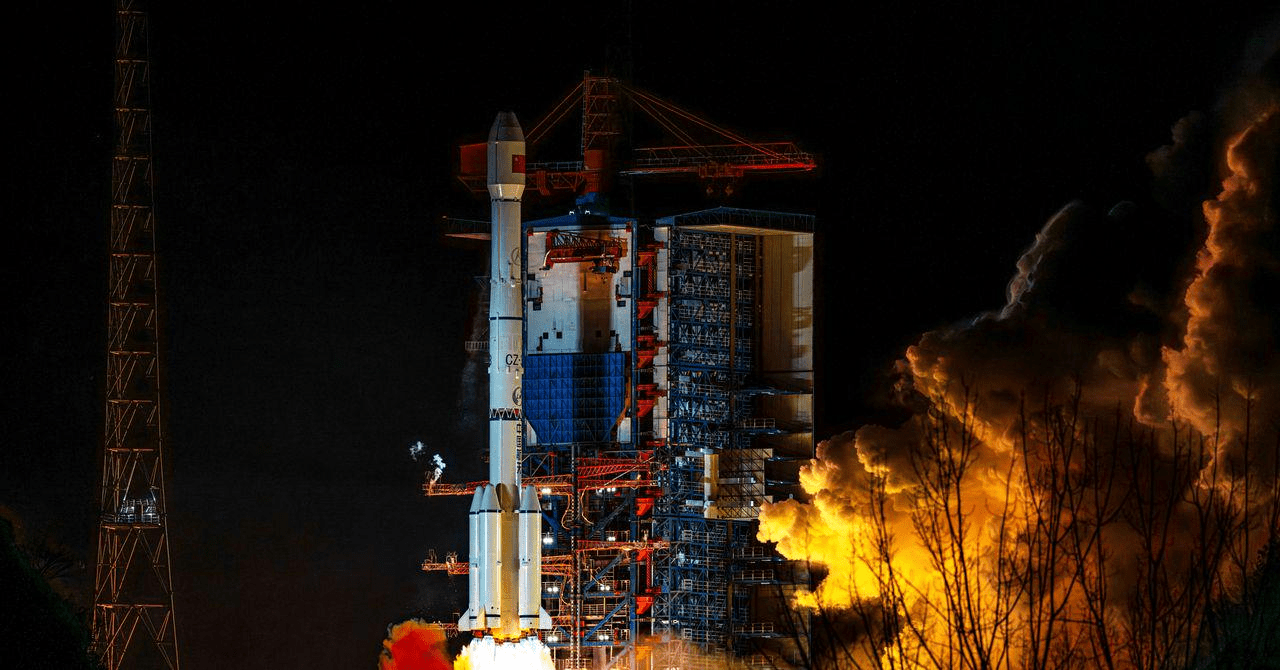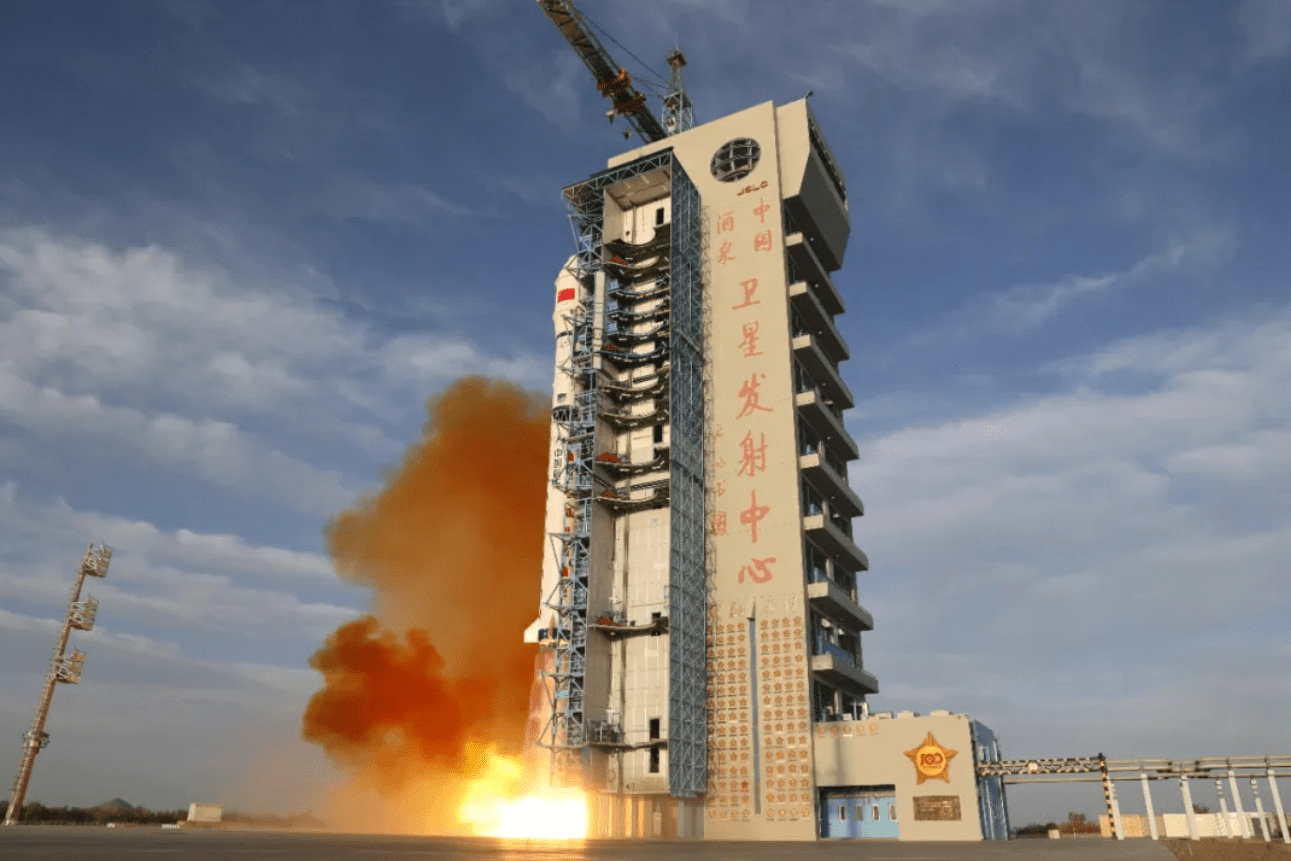Quiet liftoff and regional implications
China conducted a satellite launch with no prior public notice, continuing a pattern of tight-lipped missions that complicate airspace planning and tracking. The lift comes as SpaceX’s most recent Starship tests ended with precise splashdowns, restoring confidence after early failures. Analysts say Beijing’s opacity can disrupt maritime and aviation advisories and makes it harder for neighbors to assess debris risks. The contrast with more transparent regimes has become a geopolitical talking point as Asian launch cadence rises.

Traffic management, transparency and competition
The launch underscores a growing need for shared standards on drop zones, flight corridors and emergency coordination. Without clear advisories, commercial airlines and shipping planners get little time to adjust. At the same time, China’s rapid tempo signals industrial strength and a push for independent navigation, imaging and communications constellations. Regional rivals are likely to accelerate their own programs and deepen data-sharing with U.S. and European agencies. With Starship maturing and others expanding, 2026 could be the first year when multiple heavy-lift systems fly routinely in both hemispheres.

 TPW DESK
TPW DESK 


















